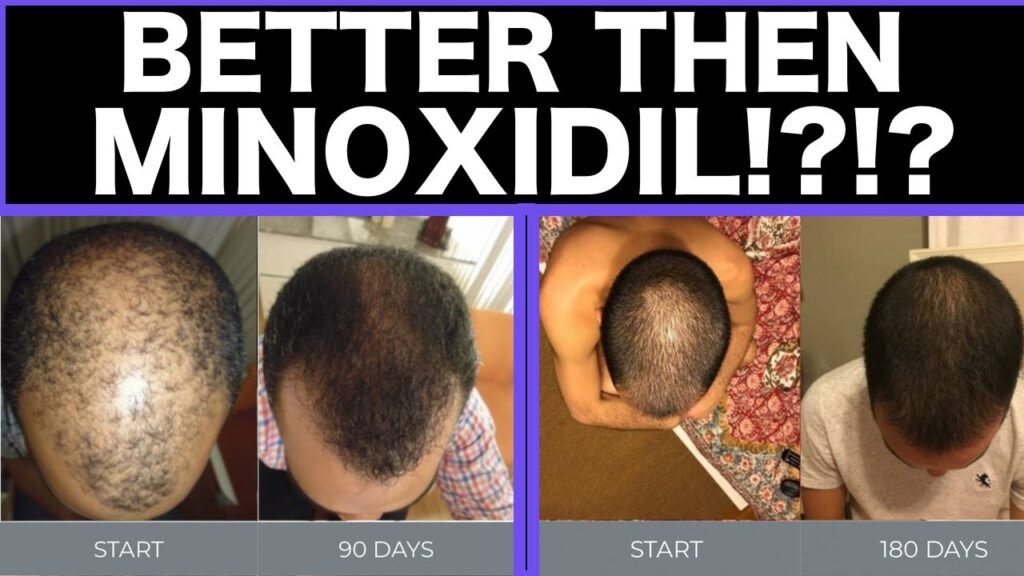What’s the difference between Minoxidil vs finasteride
When exploring hair loss treatments, Minoxidil and finasteride often emerge as top contenders, each with distinct mechanisms and applications. Understanding their differences is crucial for anyone considering these options to address hair thinning or androgenetic alopecia. Minoxidil, an over-the-counter topical solution, primarily works by stimulating hair follicles, promoting increased blood flow to the scalp, and encouraging hair growth. It is commonly available in liquid or foam form and is applied directly to the scalp.
In contrast, finasteride is an oral medication available by prescription, functioning differently from Minoxidil. It works by inhibiting the enzyme 5-alpha reductase, which converts testosterone to dihydrotestosterone (DHT), a hormone linked to hair loss. By reducing DHT levels, finasteride helps to slow down hair loss and can even lead to regrowth in some cases. This medication is typically taken once daily and is specifically approved for male pattern baldness.
Effectiveness and usage also set these two treatments apart. Minoxidil is suitable for both men and women and can be used in various stages of hair loss, making it a versatile option. On the other hand, finasteride is primarily prescribed for men due to its hormonal effects and is most effective in the early stages of hair loss. Its essential to note that while both treatments can be effective, they require consistent and long-term use to maintain results. Potential users should consult with a healthcare professional to determine the most appropriate treatment based on individual needs and medical history.


